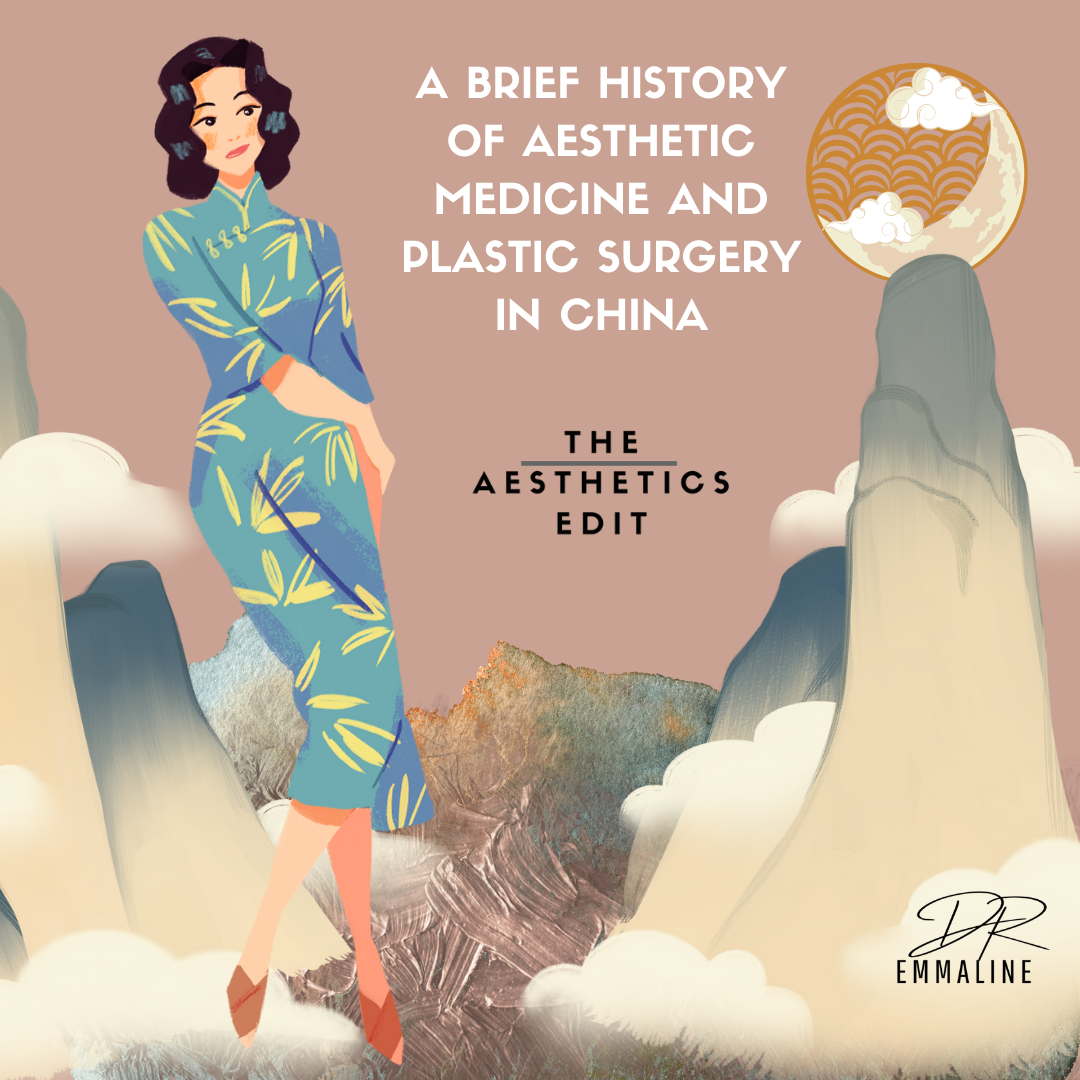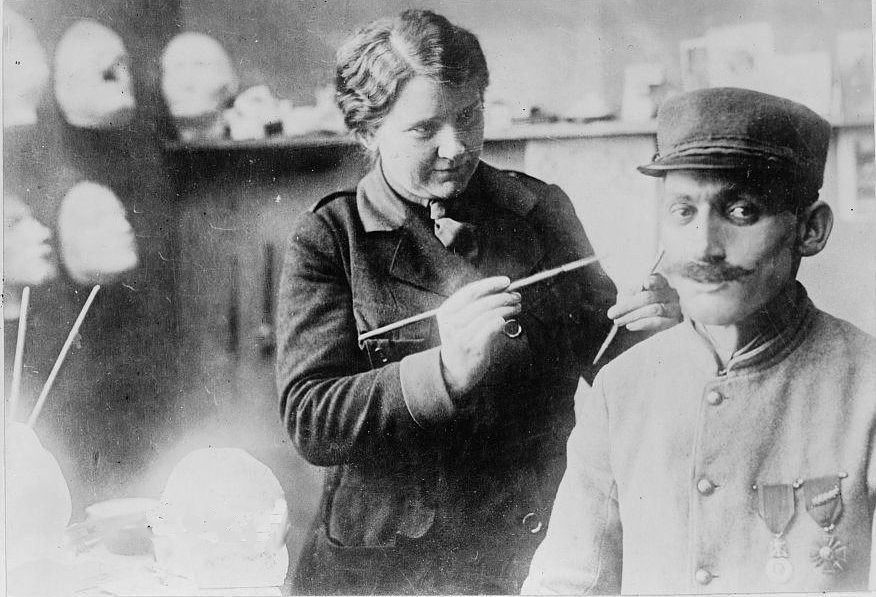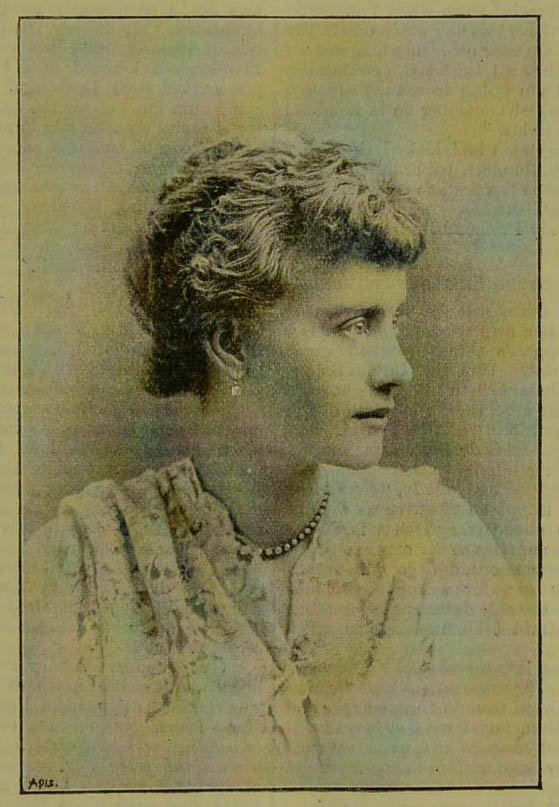A Brief History of Aesthetic Medicine and Plastic Surgery in China
Ideals of beauty and approaches to aesthetic medicine vary across time and across the world. But make no mistake, the pursuit of youth and beauty has always been a fundamental part of being human.
We explored this concept broadly in our article about the history of aesthetic medicine, but for this piece I wanted to focus on a place close to my heart: Asia. I am half-Chinese, and was lucky enough to grow up with plenty of Chinese culture through my mother and my grandparents. I touched on broad differences between Eastern and Western approaches to skincare in an article for the Edit, and also a piece for Glowday. But I was also interested to look at the history of plastic surgery and aesthetic medicine in this part of the world, particularly as plastic surgery is now booming.
So let’s explore a brief history of aesthetic medicine and plastic surgery in China.
The Very First Cosmetic Procedure
In 1929, a local farmer in Guanghan, the Sichuan Province of China, made a discovery of a huge treasure of jade artefacts while he was digging a ditch by the side of his house. He had unearthed the site of Sanxingdui, an ancient underground city. Archeologists began excavating the site in earnest in 1986, where they found of bronze sculptures with decorative perforations in their ears. This city dates from approximately 3800 to 4800 years ago, which would make this arguably one of the earliest examples of a cosmetic surgery practice in the world.
Bronze figure portraits with decorative perforations of earlobes unearthed in Sanxingdui
The Very First Plastic Surgery
Did you know that the first cleft lip surgeries likely originated in China?
China is the origin of cleft palate surgery. Cleft palate was famously first described by Liu An (179-122 BCE), who wrote of a pregnant woman “who saw a hare, and as a result gave birth to a baby with a cleft lip.”
While the cause of the cleft lip was clearly misunderstood, we have the first documentation of a successful surgical correction of the problem in the Jin Dynasty (2nd and 3rd Century CE). The biography of a famous politician named Wei Yongzhi describes him as being born with a cleft lip. Wei Yongzhi went in search of a famous medical healer at the age of eighteen for help. He was told that the lip could “be cut and mended, but you must eat porridge for 100 days with no laughing or speaking.”
The First Use of Cosmetic Skincare
During the excavation of the tomb of a nobleman dating from 700-640 BCE, a bronze jar was found in the outer coffin. The jar contained some residue that could be analysed and was found to contain animal lipids and fatty acids, and moonmilk, a special type of stalactite found in limestone caves. Lipids, as we know, are part of our natural skin barrier and used as an emollient in moisturising skin products. The Taoists in ancient China favoured using caves for rituals as they metaphorically resembled the womb, and thought that stalactites were formed by the souls of the hills. These stalactites were white and the moonmilk on them was admired for its colour and crystals, and were used in particle form in cosmetics and medicine.
This cream matches prescriptions found in ancient medical books. In fact, we have extensive written chemical formulations and prescriptions for skin creams used for a combination of cosmetic and medicinal purposes. One famous example, dating from the Western Han Dynasty over 2000 years ago, is a textbook named Prescription for Fifty-Two Diseases. This book detailed many medical methods to beautify the skin and body. This included the first documented record of the treatment of skin conditions like vitiligo.
Bronze jars like the ones found in this tomb have been found mainly in the burial places of kings, queens, and other aristocrats.
(a) Bronze jar in situ; (b) decoration on the bronze jar after cleaning; and (c) a large quantity of agglomeration of yellowish white lumps inside the bronze jar
The Influence of Traditional Chinese Medicine
Today, many brands have used concepts related to traditional Chinese medicine as a marketing tool. I’ve covered how problematic this is in my piece about the wellness industry. A perfect example is gua sha, a traditional Chinese medicine ritual. Most of its cultural significance and historical context has been lost as its been appropriated by the western beauty industry.
The traditional practice was used to treat certain pains and illness, and related to concepts of connections between the body and its qi (energy). In beauty, using gua sha instruments on the face have been for concerns like wrinkles and to improve circulation and lymphatic drainage. Big brands have sold and marketed gua sha instruments or jade rollers, but without crediting the rich and long history behind them.
Whether or not there is any scientific basis to the supposed benefits for gua sha is still a matter of ongoing research, and I certainly don’t endorse any of the claims made for it as the evidence is unclear. However, that doesn’t mean that people have never benefited from incorporating this ritual into their routines, or that its origin should not be credited!
Final Thoughts
China has such an incredible and rich history, both in medicine and beauty.
Within the modern practice of medical aesthetics, we should be aware of the contributions to this wonderful field from all over the world. Not only is the story of aesthetics fascinating, but we should honour the origin of many of our current practices.
References
Han, B., Chong, J., Sun, Z., Jiang, X., Xiao, Q., Zech, J., Roberts, P., Rao, H., and Yang, Y. (2021) The rise of the cosmetic industry in ancient China: Insights from a 2700-year-old face cream. Archaeometry, 63: 1042– 1058. https://doi.org/10.1111/arcm.12659.
Wei Wang, Xiaoxi Lin, Yuguang Zhang, and Qingfeng Li, 'The Practice of China’s Cosmetic Medicine Dated Back to 3 800–4 800 Years Ago', Chinese Journal of Plastic and Reconstructive Surgery, 3 (2021), 109-12.





















Discover the fascinating history of cosmetics in the ancient world, from the protective oils and dramatic kohl eyeliner of ancient Egypt to the henna artistry of India and the lead-based beauty trends of Greece and Rome.
Explore how these early beauty practices shaped cultural identity, social status, and spiritual rituals, laying the foundation for modern beauty standards.